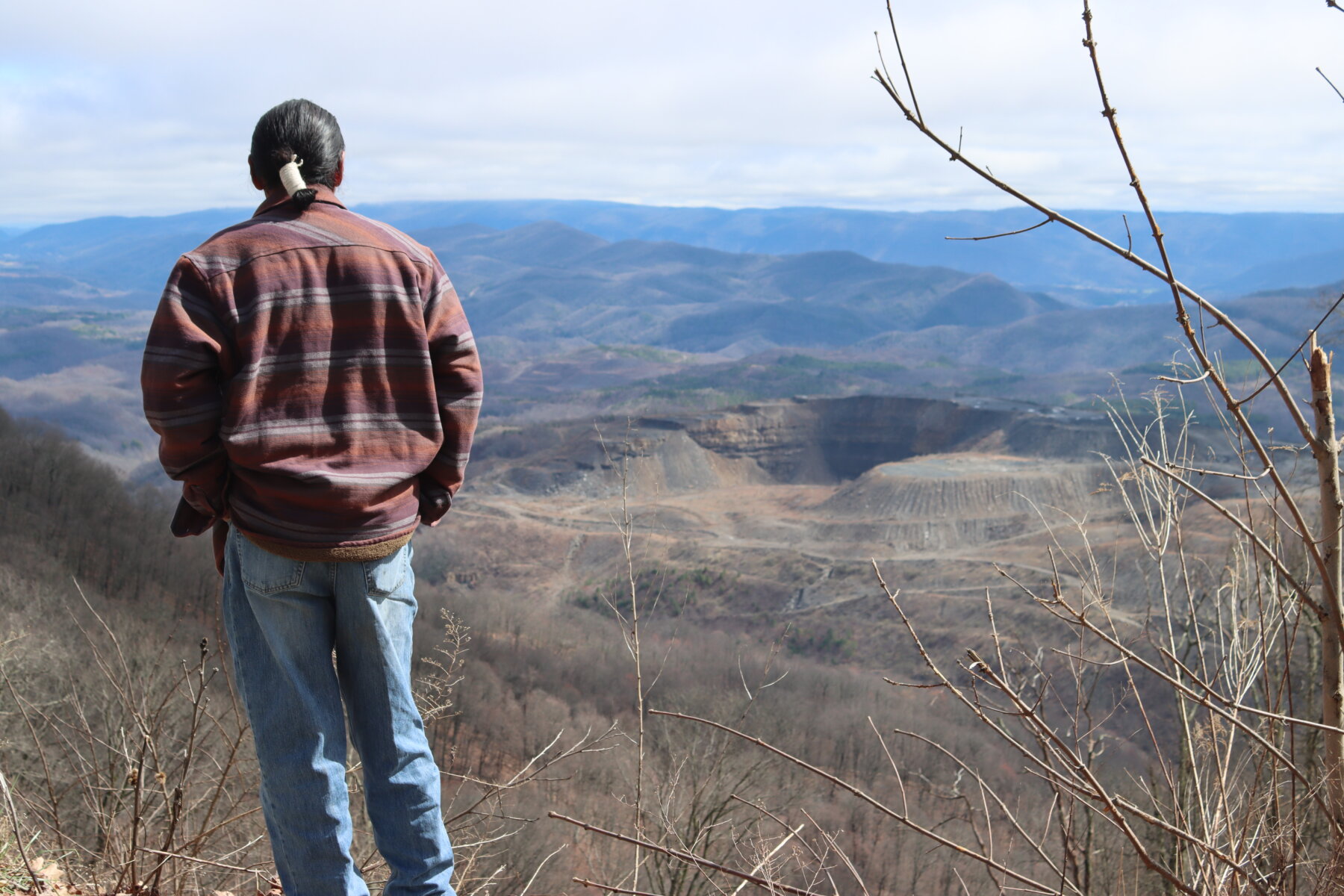
Herb Yazzie spent more than 30 years climbing the ranks of the Navajo government. He became attorney general in 1990, and then chief justice of the Navajo Nation, defending traditional laws and Navajo legal sovereignty. But during his tenure, he was never involved in one of the things that mattered most to him — negotiating with energy companies that had leased, and subsequently devastated, Navajo lands.
It wasn’t until retiring in 2015 that Yazzie focused on the destructive legacy of the Peabody Western Coal Co. in his community of Black Mesa, Arizona. “Peabody ran an open-pit mine for close to 50 years,” Yazzie said. “Our neighbors, our extended family, especially those who worked in the mines all those years, their kids — many people contracted black lung and they died from the disease.” (Peabody did not return NBCU Academy’s request for comment.)
The mine closed in 2005. But just last year, an energy company approached Black Mesa residents with a hydropower proposal that promised tax revenues and construction jobs. In more than a half-dozen community meetings, Yazzie asked the energy company for proof that the community’s water supply wouldn’t be affected. Still, he received no scientific studies backing up the company’s claims. That’s when Tó Nizhóní Ání reached out to collaborate.
Since 2001, Tó Nizhóní Ání, a nonprofit group whose name means “sacred water speaks” in Diné, has been advocating for energy, water and climate justice after decades of energy companies exploiting their Black Mesa lands. When it presented the Black Mesa community with an analysis of how the hydropower pumps would work, “we all understood that the company was proposing to use vast quantities of the only source of water that we have, which is our aquifer,” or water-bearing rock that holds groundwater, Yazzie said.
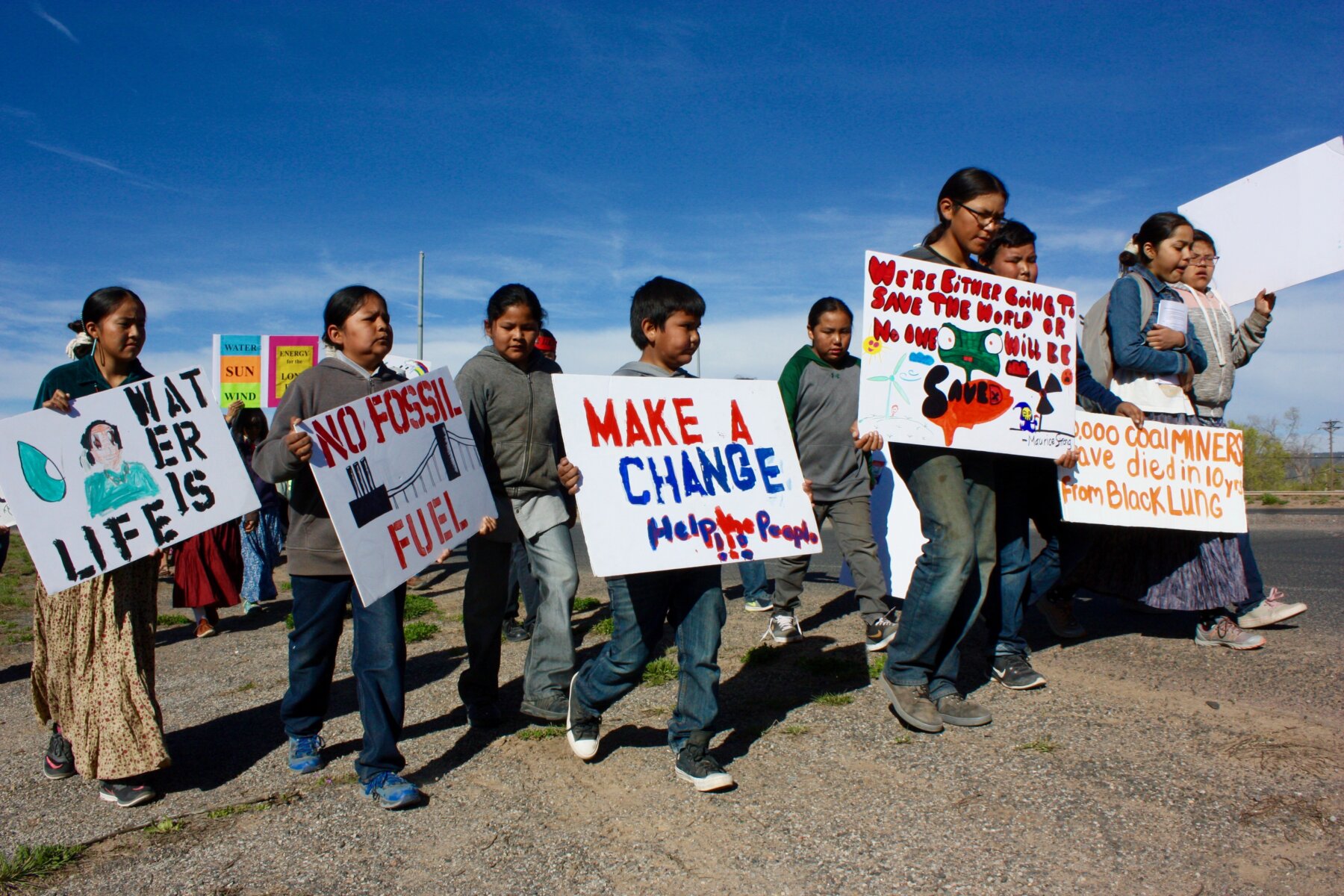
Tó Nizhóní Ání and youth organizers embark on a 120-mile Just Transition Relay from Black Mesa to the Navajo Nation capital to encourage Navajo leaders to transition away from coal in 2017. (Tó Nizhóní Ání)
Historically, energy companies have courted Navajo communities with promises of short-term gains like lease payments and coal royalties without accounting for permanent environmental damage like air and water pollution. As they extracted water from the clean aquifers that were the only water sources for residents, energy companies also left communities without electricity and clean running water.
“Imagine any community, any town, being forced to waive their right to use water within their boundaries for the operation of a coal-fired power plant,” said Nicole Horseherder, founder and executive director of Tó Nizhóní Ání.
Tó Nizhóní Ání is leading a “just transition” away from fossil fuels to renewable energy in the Navajo Nation, and ensuring that the decision-making power is with the communities themselves. Organizers are on the ground, educating Navajo chapters about the undeniable evidence of environmental destruction by energy companies and the necessity of demanding “community benefits,” like recurring payments and guaranteed preservation and restoration from the energy industry. To date, they’ve educated about 50% of Navajo chapters on policy language that empowers community members to advocate for themselves. Together, they’ve helped shut down a number of mines and what Horseherder calls questionable energy proposals on Black Mesa.
“We, as Diné people, think differently about land than outsiders do — we think about the generations to come and the kind of water that they’ll drink, the kind of land that they’ll live on and the air that they will breathe,” Horseherder said. “Because of that, we’re making sure that mined lands are returned to a condition that is as clean as possible.”
A history of land and water exploitation
In 1864, more than 11,000 Navajo were forced by the federal government at gunpoint to relocate 450 miles from their ancestral lands. During and after “The Long Walk,” the Navajo faced starvation and internment, and more than 3,000 died. In 1868, the Navajo Treaty permitted the Navajo to return to some of their lands and established the Navajo reservation as the tribe’s “permanent home.” The federal government promised the Navajo agricultural resources, and in exchange, the government had permission to build industry and infrastructure on Navajo lands.
Coal mining began on Navajo lands in 1965, when the government permitted the Peabody Western Coal Co. to build the Black Mesa mine, followed by the Kayenta mine in 1973 to power the Navajo Generating Station. Peabody pumped hundreds of thousands of gallons of water daily from the Navajo aquifer to transport 14 million tons of coal annually via an open-pit slurry, depleting one of the region’s only potable water sources, according to the Natural Resources Defense Council. Despite the promise of a “permanent home,” up to 16,000 Navajos were forcefully relocated from Black Mesa to eastern central Arizona to accommodate mining operations — the largest Indigenous relocation since the 1880s.
Today, the Navajo Nation suffers from the decades-long effects of water exploitation. Approximately 30% of Navajo families still do not have access to drinking water and are almost 67 times more likely than the average American to lack running water or a toilet. About a third don’t have a sink or toilet at all.
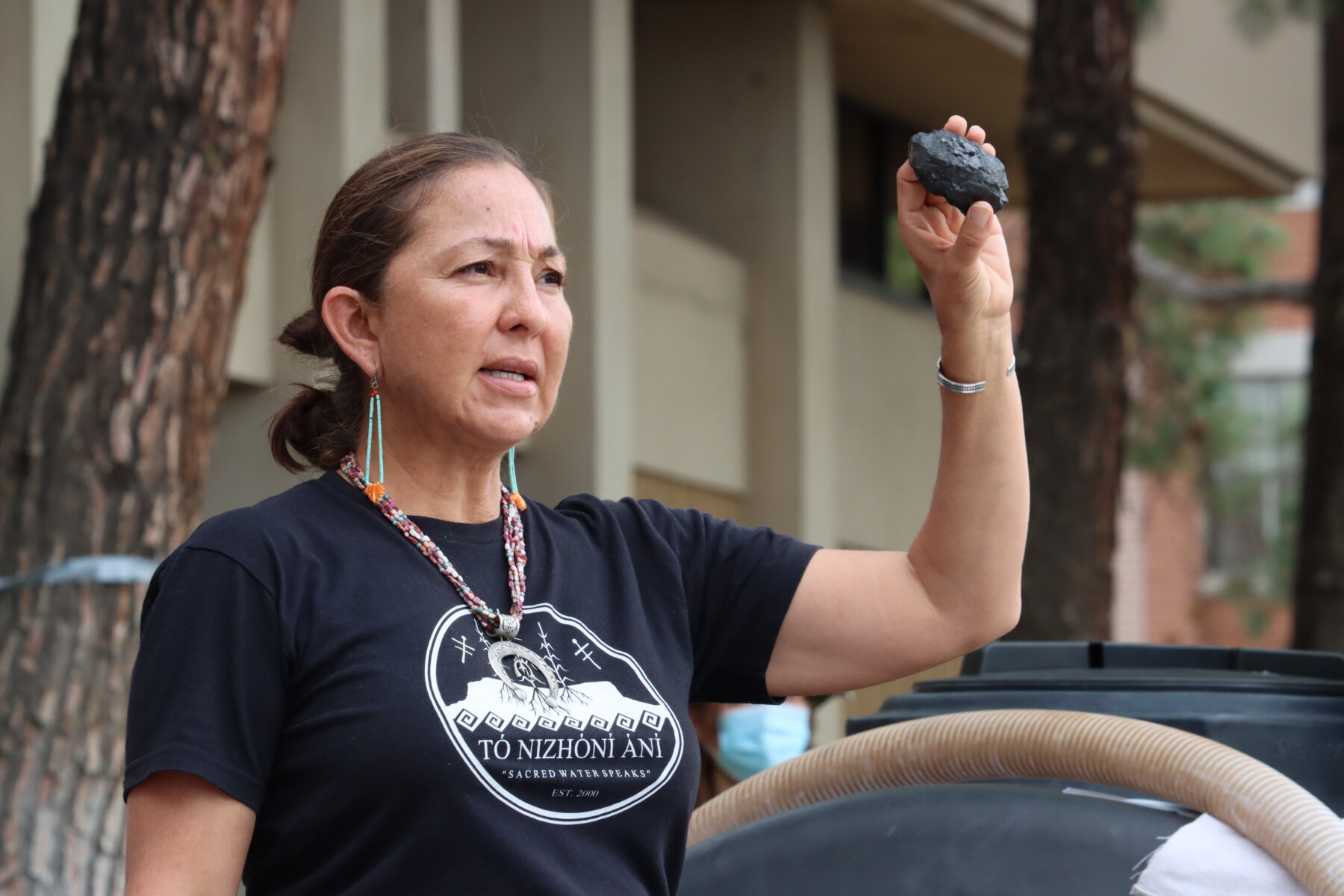
Last year, the Institute for Energy Economics and Financial Analysis, a sustainable energy think-tank, wrote that the Department of the Interior had “failed to hold Peabody Western Coal Company responsible for the effects of its decades-long mining activities” even though the department had an “obligation to hold coal companies accountable.” When asked about this obligation, Giovanni Rocco, the press secretary for the U.S. Department of the Interior, directed NBCU Academy to the 1977 Surface Mining Control & Reclamation Act, which established the Office of Surface Mining Reclamation and Enforcement “to prevent and mitigate surface coal mining’s adverse effects on the environment” and collaborate “with tribal, federal, and state partners to do so.”
Horseherder, 54, has lived through the increasing water scarcity in her community. She said the springs and seeps that had fed people and livestock for generations have disappeared. The Navajo weren’t even properly compensated for their water — they had waived their rights to the surface water from the upper basin of the Colorado River to the government, under what some claim were deceptive practices. “We were leasing pristine drinking water at industrial water prices for real cheap, and the surface water in the upper basin, Colorado River, we got nothing for that,” Horseherder said.
By analyzing decades of U.S. Geological Survey data about how water levels had dropped during mining operations, Tó Nizhóní Ání was able to connect the dots that the extraction and depressurization of water sources by Peabody was the cause of the water disappearance. Because the lease agreements with mining companies were already written, the organization knew that the only way to halt mining operations was to make a clear case of excessive groundwater use and irreversible damage to their water sources.
Valencia Edgewater was in college when she started working with Horseherder in 2003, calculating how much water the coal industry was pumping. It didn’t make sense to her that Peabody could be draining so much water daily when she and most of her community didn’t even have running water. She helped Horseherder and other organizers draw diagrams of the aquifer’s soil layers and create slides about the company’s water use that they distributed to the six local Navajo chapters. “Community members were driving long-distance to haul 55-gallon drums of water to their families, and this industry was paying close to nothing for an acre-foot of water,” Edgewater said.
To communicate their points to elders, Tó Nizhóní Ání tied their findings to longstanding Dinécustoms and beliefs. “In Diné, we have natural laws to protect what’s between the earth and the sky,” Edgewater said. “We used that language, which comes directly tied with the culture, and helped local people make connections to the laws that were given to us.”
By gaining the support of local leaders, Tó Nizhóní Ání spearheaded a grassroots movement that led to the closure of the Black Mesa mine in 2005, the Kayenta mine in 2019 and the Navajo Generating Station in 2020. “We successfully put a lot of pressure on both the mining company and the power plant to get off of our Navajo water,” Horseherder said.
Paving a just transition to renewable energy
The Navajo Generating Station and mine shutdowns opened a window for organizers to start pushing for a transition toward renewable energy. Horseherder and other Indigenous scientists agree that renewable energy is the only way to power the 32% of Navajo citizens who lack electricity. “Scientifically, the solar potential in the area is huge,” said Suzanne Singer, founder of Native Renewables, a nonprofit dedicated to bringing electricity to Navajo homes. “If you look at a map, it’s very clear that this is some of the best areas to have solar energy implemented.”
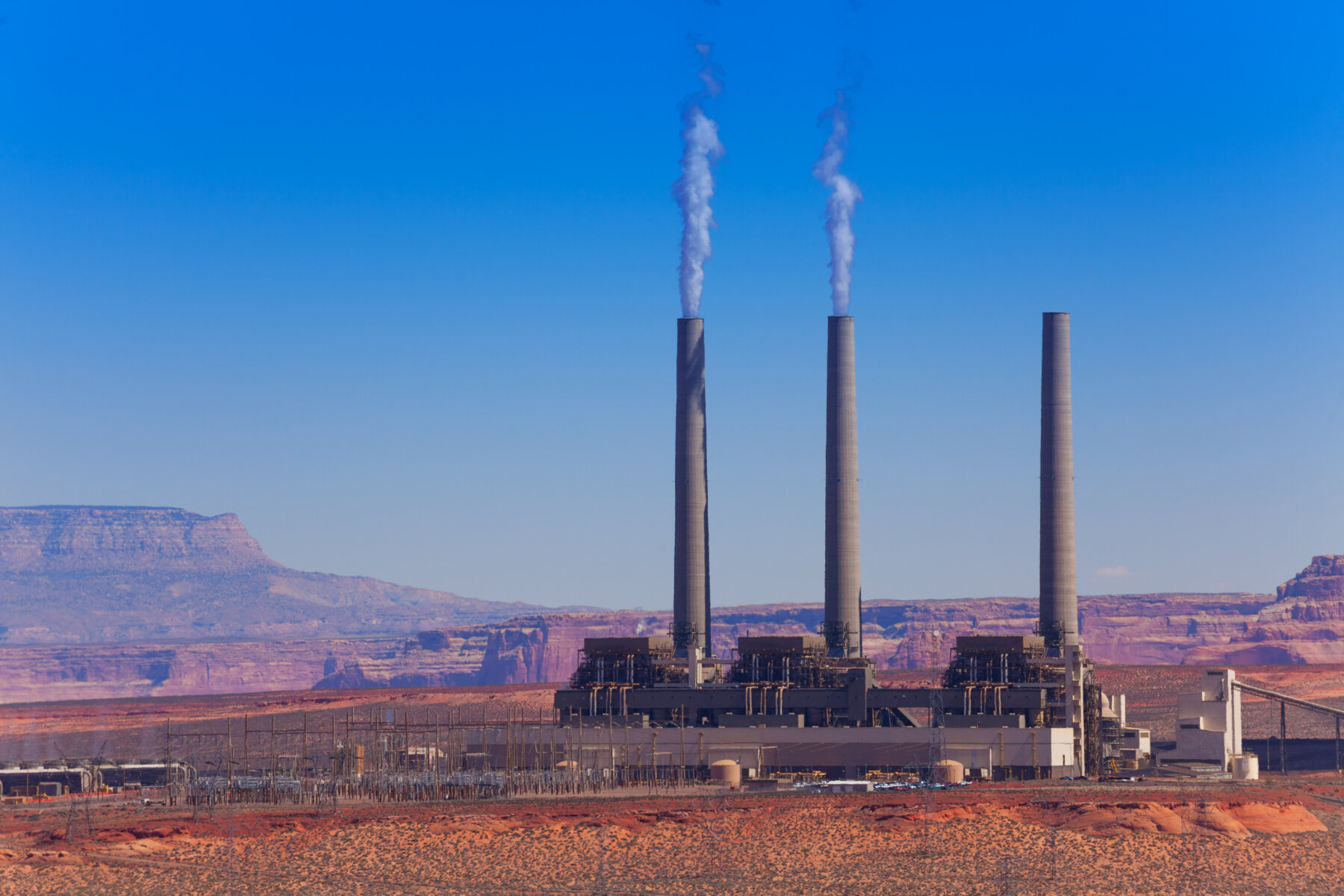
Solar is also affordable and practical, Singer said, noting that the energy burden for many families is the cost of gasoline. “Solar helps them be less reliant on generators, kerosene lamps or propane lamps,” she said.
In April 2019, Horseherder wrote a letter to the Los Angeles City Council and the Los Angeles Department of Water and Power, part-owner of the Navajo Generating Station, urging a transition from coal mining to solar plants on Navajo land. The City Council responded enthusiastically, passing a resolution to begin exploring solar opportunities for the water and power department and the Navajo Nation.
Though that partnership has stalled for now, other large-scale solar efforts have taken off: The Navajo Tribal Utility Authority completed the commission of the Kayenta Solar Plant in 2019 and the Red Mesa Tapaha Solar Plant in June 2023. On the community level, Native Renewables, which just won an $8 million grant from the Biden administration, hopes to scale up its operations and install 300 off-grid solar generators for Navajo families.
Some successes, but challenges lie ahead
Though Tó Nizhóní Ání has secured some concrete victories like the mine closures, their renewables transition work is only just beginning. As newer energy developers court Navajo approval, Tó Nizhóní Ání is going from chapter to chapter to ensure community members can demand community benefits like recurring payments, workforce development and environmental protection, especially as they remain largely neglected by both the federal and tribal governments.
Yazzie said that though communities continually alert the Federal Bureau of Reclamation and the Navajo Nation government about their concerns, they’ve never been presented with a plan to reverse the environmental destruction. “All the governments, they all don’t have offices up here,” he said. “They’re all miles away. We don’t hear from them, we don’t see them. We don’t believe they see the damage that we have to live under.”
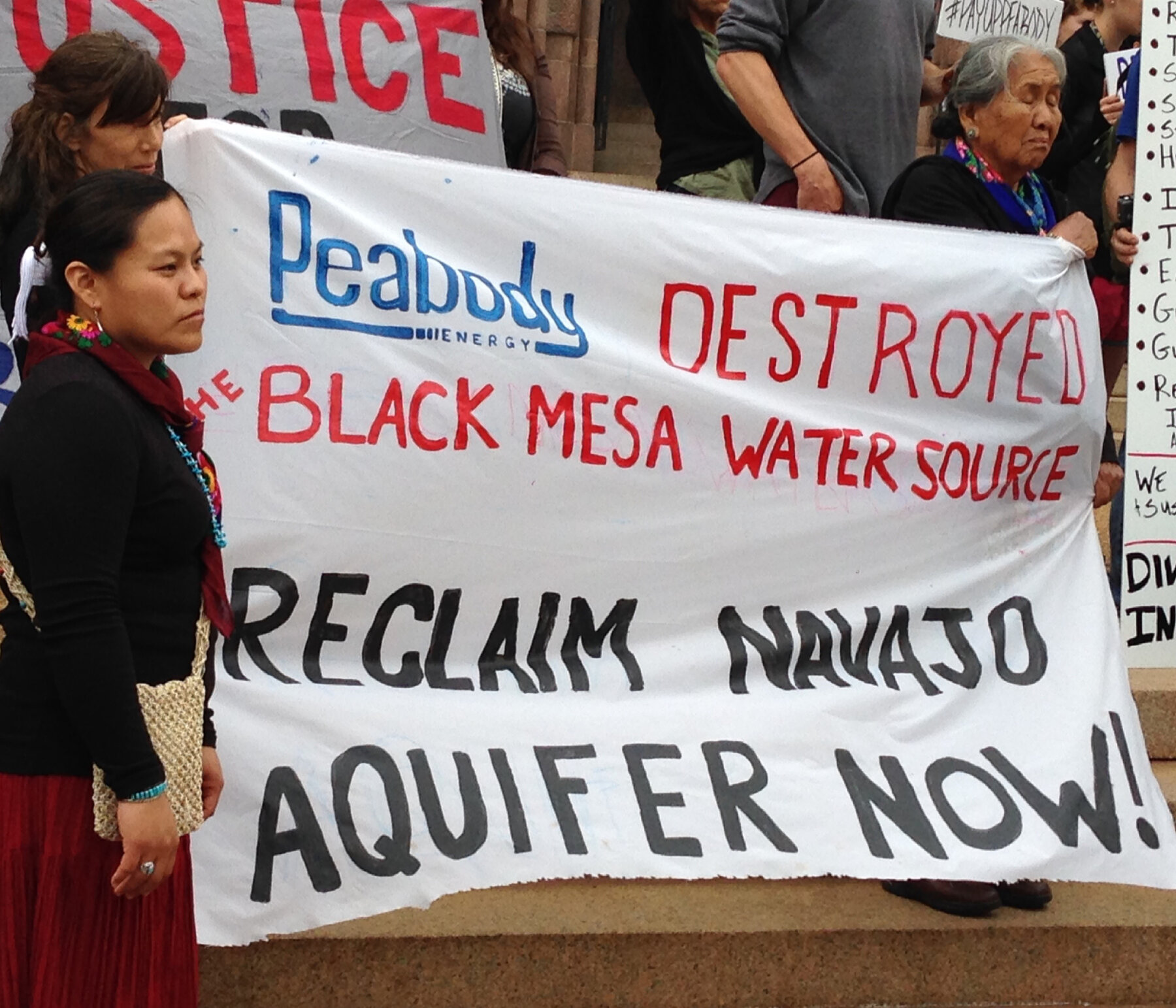
When asked about the Navajo Nation’s involvement with energy evaluations, George Hardeen, the public relations director for the Navajo Nation, said the Federal Energy Regulation Commission recently passed a policy that allows tribes to approve or block industrial projects after getting a resolution of support from the chapters. “The Division of Community Development is in touch with every one of the Navajo communities,” as it has always been, he said.
Eleanor Smith, an energy organizer with Tó Nizhóní Ání, spends her days visiting each of the Navajo chapters during their monthly community meetings to make sure they understand the effects of developers’ proposals. “Because the majority of the people who attend these chapter meetings are elderly folks, the important thing is to translate the research into our Navajo language,” Smith said, referring to Diné. “At every chapter where I’ve educated members, they have all supported an opposing resolution after they find out that this is not good for our Mother Earth, it’s not good for our community.” Most recently, she helped community members understand that a proposed hydrogen pipeline would have cut across 13 Navajo chapters, exposing them to potential methane leaks and industrial pollution. A majority of chapters have since passed opposition resolutions to the pipeline proposal.
Other recent Tó Nizhóní Ání successes include the advocacy of the LeChee chapter receiving community benefits like annual payments, job creation and solar power generation from a solar development proposal. However, like the L.A. Department of Water and Power and Navajo Nation partnership, the LeChee solar project is delayed for now. In February, the Black Mesa community, with the help of Tó Nizhóní Ání, also rejected the hydropower proposal that Yazzie has spoken against.
Horseherder said it’s important to get environmental preservation right, and not just take what seems like the quickest path toward renewables. “It’s been an interesting journey because, on the one hand, we’re advocating for renewable energy projects,” she said. “On the other hand, we’re advocating for community benefits. And sometimes when the community is not being heard, good projects end up getting shot down. That doesn’t mean that we don’t want solar. That means we want communities to get stronger, so we can carefully manage our water and air and protect it for future use.”


